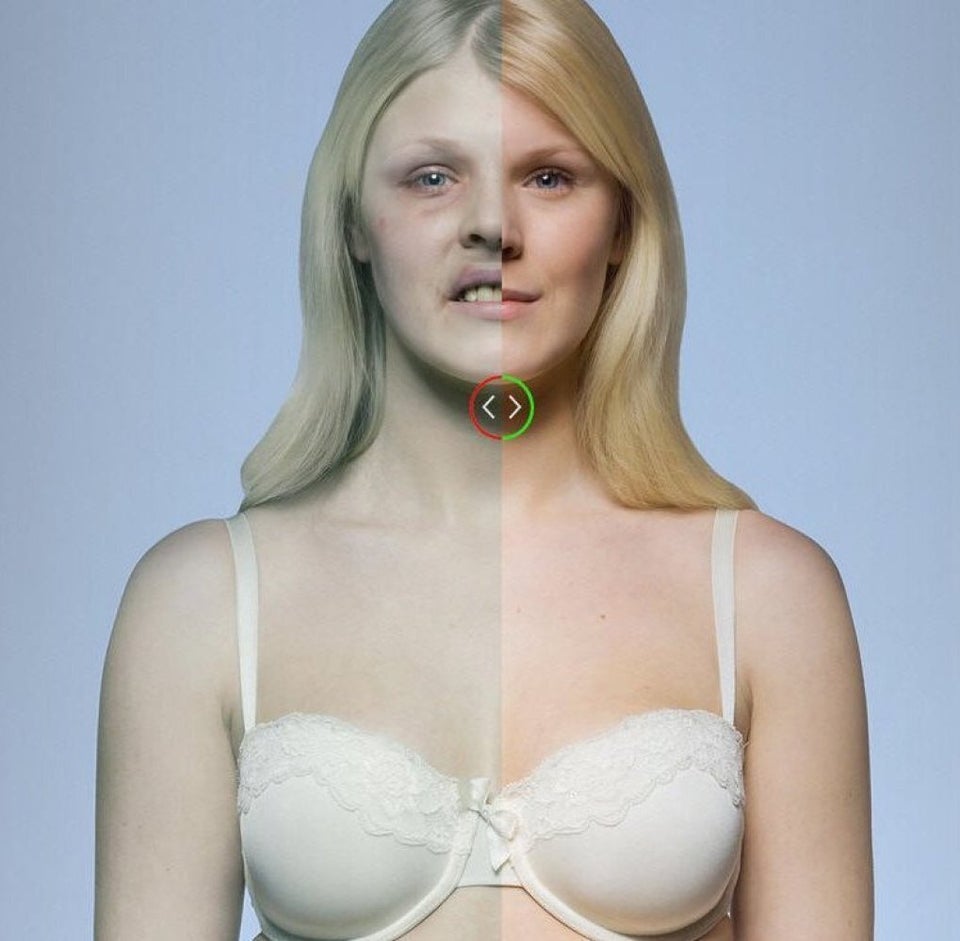Have you ever watched a loved one die from tobacco use? Since 443,000 Americans and 37,000 Canadians die each year as a direct result of tobacco use, a good percentage of us have had that experience. About 36 per cent of these deaths were from cancer. These figures do not include deaths from second-hand smoke. All of these deaths were avoidable and most of them entailed long, protracted periods of suffering for the individual and their families. In the words of Thomas Hobbes, tobacco can make life "poor, nasty, brutish and short."
Since Joseph Stalin said that one death is a tragedy and 1,000,000 deaths a statistic, let's reframe these 480,000 annual passings. As this equals about 1,315 people per day, at this rate the figures below show how long would it take to go through certain populations.
•Average number of facebook friends -- 2.4 hours
•Author's home town -- 6.0 hours
•Coalition deaths in Iraq and Afghanistan -- 6.1 days
•US deaths in Vietnam war -- 44 days
•Average annual US/Canadian deaths in WWII -- 88 days
•State of Wyoming -- 1 yr. 73 days
According to the Henningfield and Benowitz ratings, it is harder to quit nicotine than heroin, cocaine or alcohol. Today, armed with the knowledge of these strong addictive properties and the facts of how harmful tobacco is, it does take a special kind of stupidity to start smoking.
I'm a member of that club, having started smoking in the late 1960s and quitting in 1992. When I started, there was less information out there about the harmful effects of tobacco. That is no excuse, however, as your body tells you in spades just how awful tobacco is when you first light up.
Forcing yourself to go past those initial physical rejections with the false conviction that you won't be harmed by tobacco is indeed the arrogance of youth. If we'd all listened to our bodies during the first cigarette, I doubt anyone would continue smoking.
The CDC estimates that 3,800 high school students per day in the United States smoke their first cigarette and one in five high school students are smokers.
The academy award of special kind of stupidity, however, goes to the federal, provincial and state governments. Yes smoking rates have dropped from 49 per cent of the Canadian population 15 years and older in 1965 to about 17 per cent in 2010, a decline rate which has decreased in recent years.
Rates in the United States are slightly higher but show similar declines. There are several reasons for these changes, including; higher taxes on tobacco, better education, legislation restricting smoking in public places, advertising bans, and packaging warnings. Governments will take full credit for the decline, but perhaps the most important reason is that smoking has become much less socially acceptable. It just isn't cool to smoke anymore. Many of the changes such as restricting smoking in public places were spearheaded by anti-smoking groups, not governments.
One of the main reasons more measures have not been taken is governments' addiction to tobacco taxes. At times, they show their true colours and flash this addiction for all to see. A prime example is the reduction in taxes in Canada during the early 1990s due to smuggling. These reductions ranged from 50 cents per package in the western provinces and Newfoundland to a whopping $1.92 in Ontario and $2.10 in Quebec. It was many years before prices came back to pre-1994 levels. This was done more to recoup lost taxes than counteract smuggling. Governments had been preaching for years that increases on tobacco taxes were only to reduce consumption. Statistics show that consumption did increase after taxes fell.
According to the CDC, tobacco use costs $97 billion in lost productivity and $96 billion in health care per year in the U.S. That works out to about $619 for every American. The emotional and mental health costs of the suffering and loss of life can never be measured. The strain of seeing a loved one slowly dying from the effects of tobacco use can scar one forever.
When you look at the numbers alone, it boggles the mind why there have not been more measures taken to curb or eliminate smoking altogether. Measures such as raising the cost of cigarettes into the stratosphere, say $50 a pack, tax breaks for quitters, more financial assistance for cessation aids such as the nicotine patch and drugs, and more restrictive legislation around where one can smoke. Maybe in the near future we can have people at the government helms who will become addicted to saving their citizen's lives, rather than inhaling more taxes
For more posts you can also view www.cancerslessons.com
Will these graphics change teenagers' minds about smoking -- or yours, for that matter? Here are 10 parts of our bodies that suffer when we smoke:
